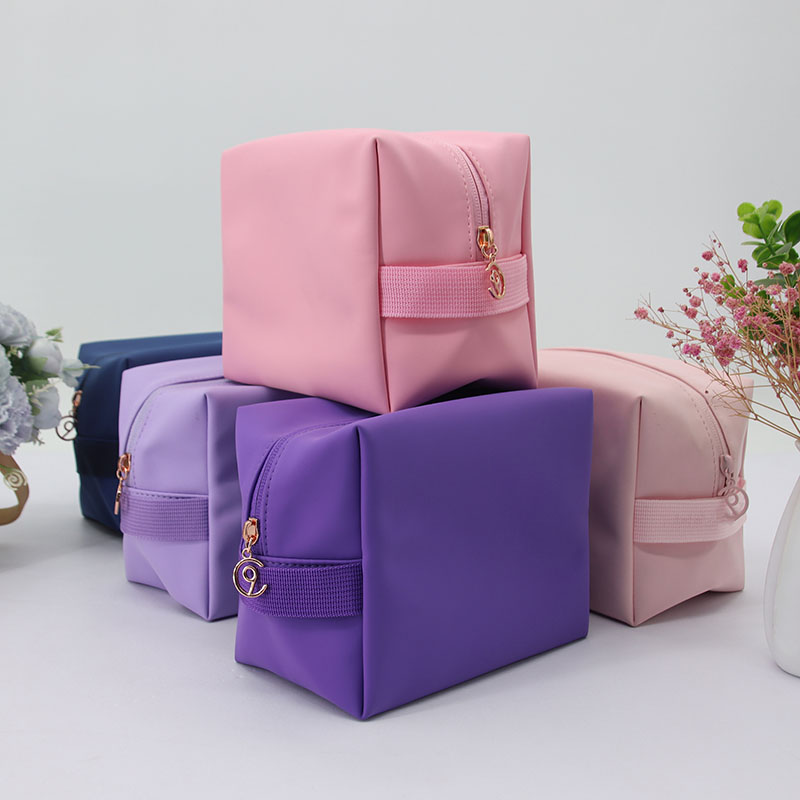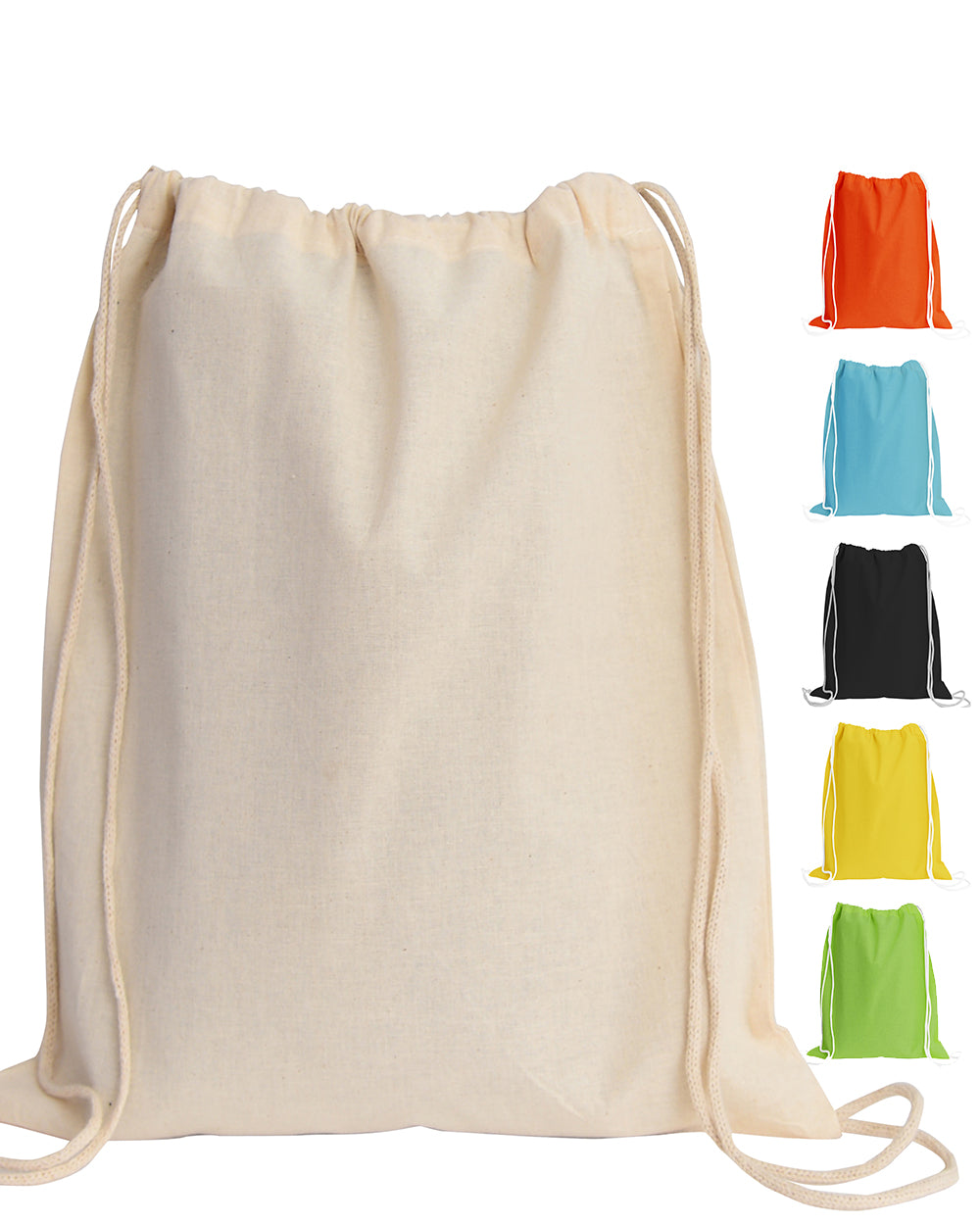Crocodile leather is a prized exotic material known for its unique scale patterns and durability. It comes from farmed crocodiles under strict regulations.
Table of Contents
- What Defines Genuine Crocodile Leather?
- How Can You Differentiate Crocodile from Alligator and Caiman?
- The Journey from Hide to Luxury Good: How is Crocodile Leather Made?
- Sourcing the Hides: An Ethical Approach
- The Tanning Process: Preserving Perfection
- Dyeing and Finishing: Achieving a Flawless Look
- Where Does the Finest Crocodile Leather Originate?
- Saltwater Crocodile (Crocodylus porosus)
- Nile Crocodile (Crocodylus niloticus)
- Freshwater Siamese Crocodile (Crocodylus siamensis)
- Why is Crocodile Leather So Valuable?
- How to Care for Your Crocodile Leather Investment
For centuries, crocodile leather has been synonymous with opulence, power, and unparalleled craftsmanship. It is not merely a material but a statement of sophistication and timeless style. The distinctive texture and inherent strength of crocodile skin make it one of the most sought-after exotic leathers in the world, crafted into everything from bespoke handbags to elegant watch straps and wallets. Its allure lies in its rarity, its complex beauty, and the meticulous skill required to transform a raw hide into a polished masterpiece.
What Defines Genuine Crocodile Leather?
True crocodile leather is distinguished by a set of unique physical characteristics that set it apart from other reptile skins and imitations. These inherent qualities contribute to its desirability and high value in the luxury goods market. Understanding these features allows one to appreciate the authenticity and superior nature of a genuine crocodile leather product.
The Distinctive Scale Pattern
The most recognizable feature of crocodile leather is its scale pattern. Unlike the neat, symmetrical tiles of alligator skin, crocodile scales are more varied and ruggedly elegant. The scales on the belly—the most prized section—are typically rectangular and square, while the scales along the sides become more rounded and smaller. A definitive marker of genuine crocodile skin is the presence of a tiny, single pore near the edge of many scales. This is the remnant of an integumentary sensory organ (ISO), a hair follicle that helps the crocodile sense pressure changes in the water. This pore is a natural characteristic that is nearly impossible to replicate in fakes.
Unmatched Durability and Flexibility
Crocodile skin is exceptionally tough and resilient. The leather is naturally resistant to scuffs, tears, and moisture, making it one of the most durable materials available for luxury goods. Despite its strength, it is also remarkably flexible and supple, especially the belly skin. Over time, with proper care, crocodile leather does not become brittle; instead, it develops a beautiful patina, growing softer and more character-rich with age. This combination of toughness and pliability ensures that products made from it are not just beautiful but are built to last for generations.
Natural Texture and Finish
The texture of crocodile leather is unique to the touch, with a smooth yet structured feel. Craftsmen can enhance its natural beauty through various finishing techniques. The two most common finishes are:
Matte Finish: This finish is achieved by buffing the skin to create a sophisticated, non-reflective surface. It offers a more understated and modern aesthetic, highlighting the leather’s natural texture and depth.
Glazed Finish: The classic high-gloss look is created by polishing the leather with an agate stone at high pressure. This process creates a brilliant, mirror-like shine that accentuates the luxury of the material. A glazed finish is often associated with high-fashion, statement pieces.
How Can You Differentiate Crocodile from Alligator and Caiman?
In the world of exotic leathers, the terms crocodile, alligator, and caiman are often used interchangeably, yet they represent distinct animals with skins of varying quality and value. Knowing the difference is crucial for any discerning buyer. Alligator is generally considered the most luxurious, followed closely by crocodile, with caiman being the most accessible but least desirable of the three.
The Umbilical Scar: The Telltale Sign
One of the clearest identifiers is the umbilical scar. This natural marking is a remnant of the yolk sac. On alligator hides, this scar is a distinct, elongated webbing of smaller scales that resembles a complex spiderweb. On crocodile hides, the umbilical scar is much simpler and presents as a single, clean line of slightly irregular scales. This feature is often strategically placed by artisans on a finished product to prove its authenticity.
Analyzing the Scale Patterns
Beyond the umbilical scar, the scale patterns themselves offer clear clues. As mentioned, crocodile scales are more rectangular and often feature a visible sensory pore. Alligator scales, by contrast, are smoother, more symmetrical, and lack this visible pore. Caiman leather is easily identifiable by its bony composition. The scales contain calcium deposits, which make the leather stiffer and more prone to cracking over time. These calcium deposits also resist dye, often resulting in small pits or “pockmarks” within the scales, a telltale sign of lower-quality caiman hide.
This table provides a simple comparison of the key differences:
| Feature | Crocodile Leather | Alligator Leather | Caiman Leather |
|---|---|---|---|
| Scale Shape | Rectangular, slightly irregular | Square-like, symmetrical | Small, bony, often with pits |
| Scale Pore | Visible pore in each scale | No visible pores | Not a key identifier |
| Flexibility | Very flexible and supple | Very flexible and supple | Stiffer, prone to cracking |
| Value | Very High | Highest | Lower |
The Journey from Hide to Luxury Good: How is Crocodile Leather Made?
The transformation of a raw crocodile hide into a finished luxury product is a long and labor-intensive process that demands exceptional skill and precision. Each step, from sourcing to final polishing, is critical in preserving the skin’s integrity and enhancing its natural beauty. This meticulous craftsmanship is a major contributor to the leather’s value.
Sourcing the Hides: An Ethical Approach
The trade of crocodile leather is strictly regulated to ensure the conservation of the species. Reputable brands source their hides from crocodile farms that operate under the guidelines of CITES (Convention on International Trade in Endangered Species of Wild Fauna and Flora). This international agreement ensures that the trade is sustainable, legal, and does not threaten the survival of wild populations. These farms provide a controlled environment that results in high-quality, blemish-free hides ideal for luxury goods.
The Tanning Process: Preserving Perfection
Once sourced, the hides undergo a complex tanning process that can take several weeks. Tanning is the chemical treatment that converts the raw, perishable skin into stable, durable leather. The process for exotic skins is far more delicate than for cowhide. Most crocodile skins are chrome-tanned, a method that produces a soft, supple, and water-resistant leather. The hides are soaked in a series of baths, carefully monitored for pH and temperature, to ensure the chemicals penetrate evenly without damaging the delicate scale structure.
Dyeing and Finishing: Achieving a Flawless Look
After tanning, the hides are dyed. This is typically done in large, rotating drums to ensure a uniform and deep saturation of color. Achieving vibrant and consistent colors on crocodile skin is an art form, as different parts of the skin absorb dye differently. Following the dyeing, the leather is dried and then finished. As described earlier, this involves either buffing the leather to a soft matte texture or polishing it with an agate stone to create a brilliant glazed surface. These final steps are what give the leather its final character and luxurious feel.
Where Does the Finest Crocodile Leather Originate?
The quality and characteristics of crocodile leather can vary depending on the species and its geographical origin. Certain species are more highly prized in the luxury market due to the aesthetic appeal of their scale patterns. The three most prominent species in high-end leather goods are the Saltwater, Nile, and Siamese crocodiles.
Saltwater Crocodile (Crocodylus porosus)
Sourced from Australia and Southeast Asia, the Saltwater Crocodile is widely regarded as the pinnacle of exotic leathers. Its skin features the smallest, most symmetrical, and most finely detailed scales, making it incredibly desirable for high-fashion items like luxury handbags and accessories. The minimal blemishes and perfectly balanced pattern of *Porosus* skin command the highest prices in the market.
Nile Crocodile (Crocodylus niloticus)
Hailing from Africa, primarily from farms along the Nile River, the Nile Crocodile is another top-tier choice for luxury goods. Its scales are slightly larger than those of the Saltwater Crocodile, making it an excellent material for larger products like tote bags, briefcases, and upholstery. The skin is known for its soft texture and beautiful, classic pattern, making it a favorite of many renowned European fashion houses.
Freshwater Siamese Crocodile (Crocodylus siamensis)
Native to Southeast Asia, the Siamese Crocodile is prized for its remarkably soft and pliable belly skin. It has a beautiful, symmetrical scale pattern that is highly sought after for smaller leather goods, such as wallets, belts, and watch straps, where flexibility and a refined look are paramount. Its supple nature makes it a pleasure to work with and to wear.
Why is Crocodile Leather So Valuable?
The high price point of crocodile leather is a direct reflection of several factors. First is its rarity and regulated supply; CITES regulations ensure the trade is sustainable but also limit the number of available hides. Second, the cost of farming and tanning is exceptionally high. Raising crocodiles to maturity requires significant time and resources, and the specialized tanning process is both expensive and time-consuming.
Finally, the craftsmanship required to work with crocodile skin is immense. Unlike cowhide, which can be cut from large, uniform pieces, crocodile skins are small and have variations in scale patterns. Artisans must be highly skilled in cutting and stitching the skin to ensure the scales are perfectly aligned and the most beautiful part of the hide is showcased. This process results in significant material waste, further adding to the cost. At Beldtura Leather, our artisans possess generations of expertise, ensuring every scale is perfectly placed to create a masterpiece of enduring value.
How to Care for Your Crocodile Leather Investment
A crocodile leather item is an investment that, with proper care, can last a lifetime and even become a treasured heirloom. Maintaining its beauty requires gentle attention and protection from environmental damage. Following a few simple practices will ensure your piece remains in pristine condition for years to come.
Cleaning and Conditioning
For routine cleaning, simply wipe the leather with a soft, dry microfiber cloth to remove dust and surface debris. Avoid using water or standard leather cleaners, as these can damage the delicate finish and dry out the skin. For deeper conditioning, use a conditioner specifically formulated for exotic reptile leathers. Apply a very small amount with a clean cloth, gently rub it in, and then buff it off with another clean cloth. This should be done sparingly—perhaps once or twice a year—to restore moisture and maintain the leather’s suppleness.
Proper Storage
When not in use, store your crocodile leather item in a cool, dry place away from direct sunlight and heat, which can cause the color to fade and the skin to dry out. Use the provided dust bag or a soft, breathable cloth bag for protection. For handbags, stuff them with acid-free tissue paper to help them maintain their shape. Do not store them in plastic, as this can trap moisture and lead to mildew.
Avoiding Damage
Crocodile leather is durable, but it is not indestructible. Keep your items away from sharp objects that can scratch the surface. Be mindful of contact with oils, perfumes, and lotions, as these can stain the leather. While the skin is naturally water-resistant, it is not waterproof. If it gets wet, gently dab the moisture away with a soft cloth and let it air dry completely, away from any direct heat source.


